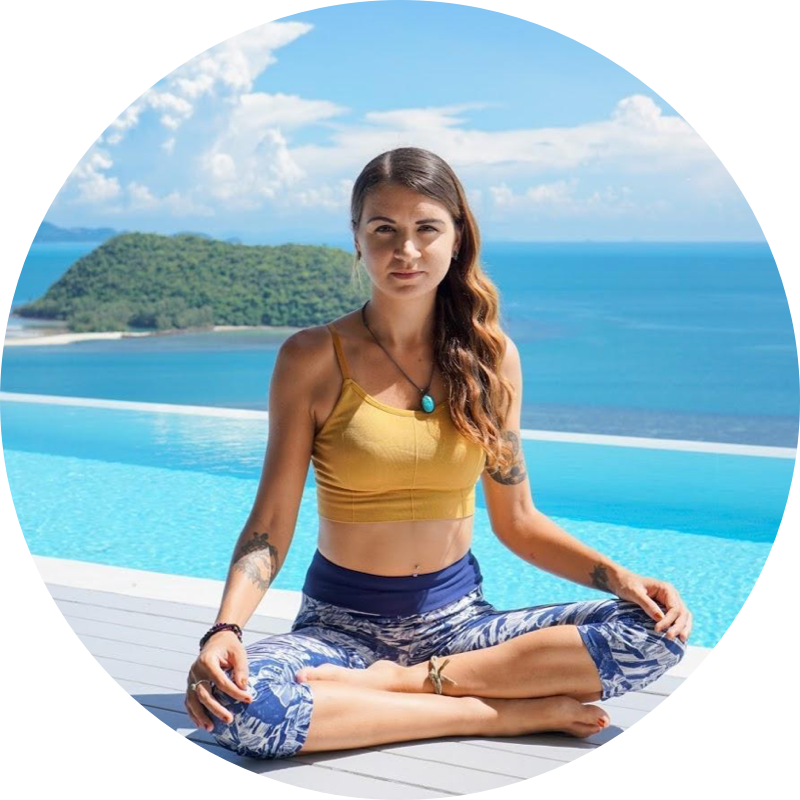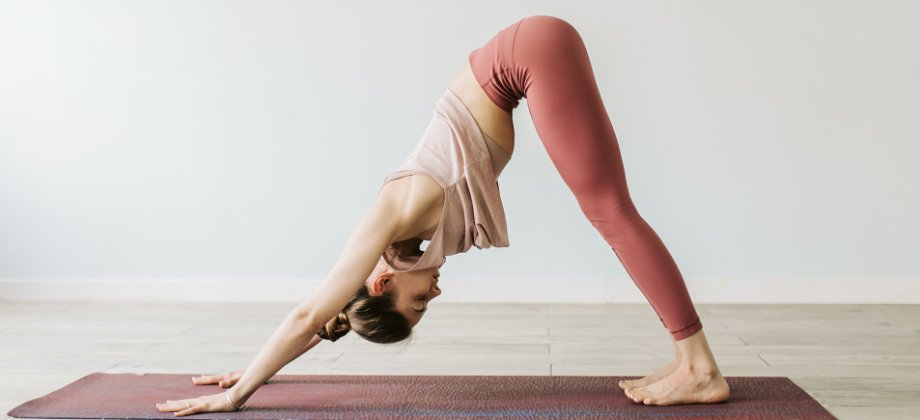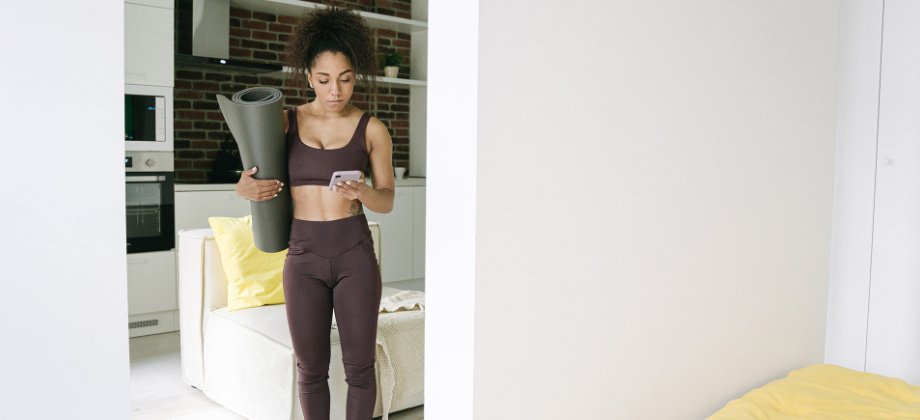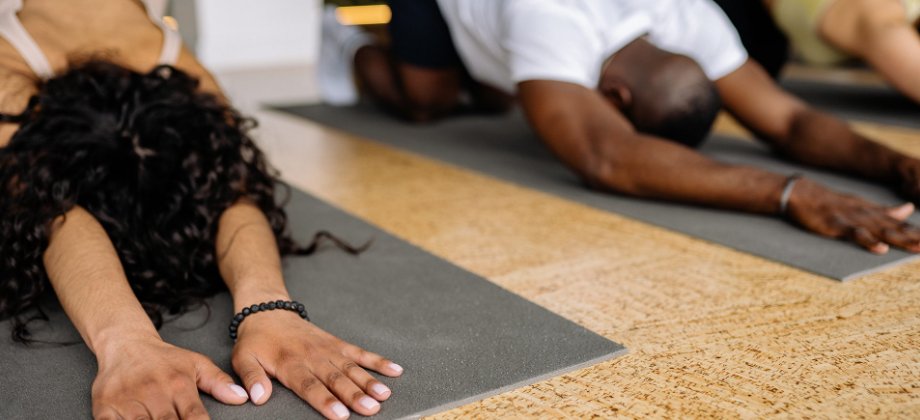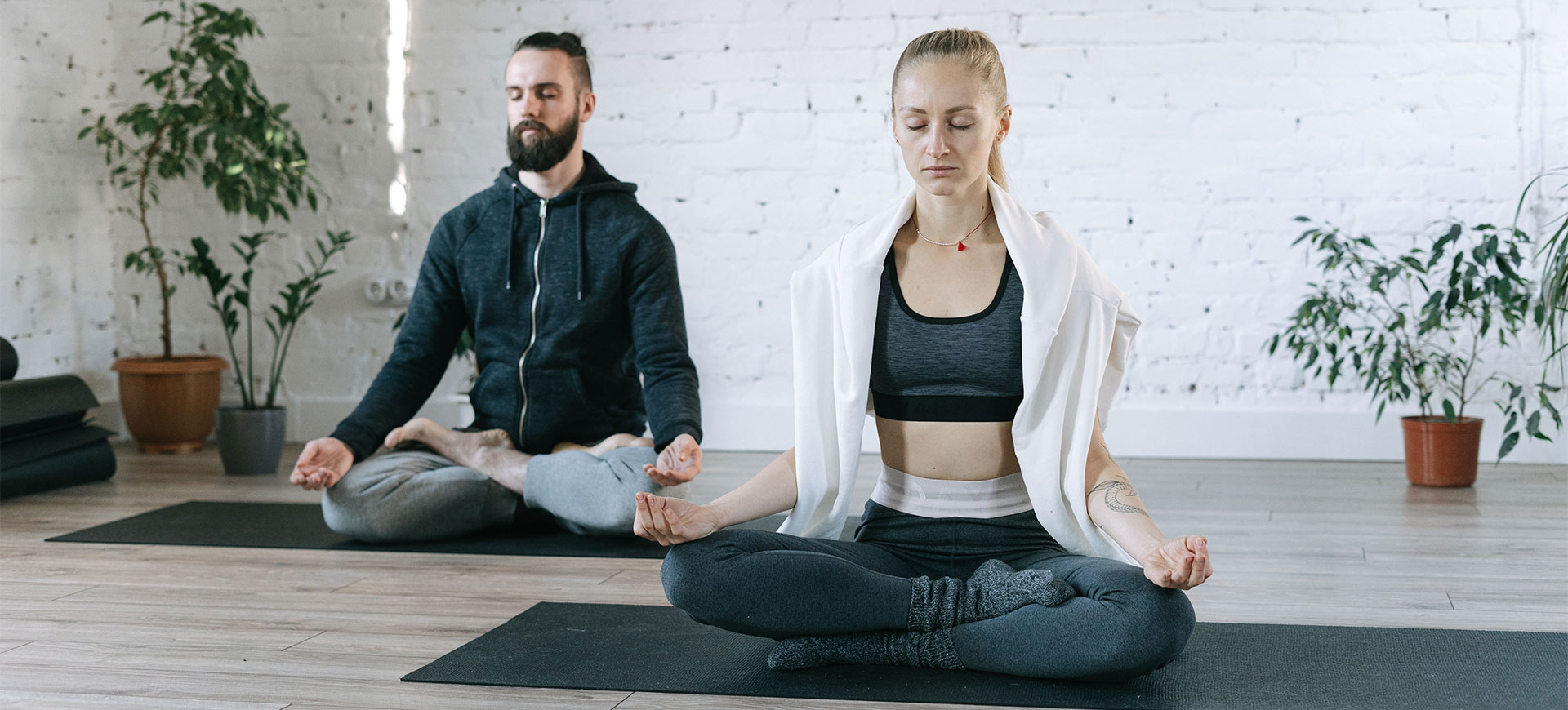
What To Expect From A One Month Intensive Yoga Teacher Training
If you're thinking about training to become a yoga teacher, you will surely have seen the abundance of one-month intensive yoga teacher training courses.
These offerings are a super appealing choice for many yoga enthusiasts as you can gain certification in less than 4 weeks. What's more, as many intensive YTTs are located in blissful locations like on tropical islands, they can seem like the perfect way to blend your yearly vacation with yoga and learning.
But what exactly does intensive yoga teacher training entail, and how does it differ from longer yoga training courses? As part of a two-part series on everything you need to know about intensive YTT courses. In the first part i talked about how to prepare yourself for your first YTT. In this part I'm sharing my experience of a month-long YTT in Thailand to help other budding yoga teachers prepare for a life-changing 4 weeks.
4 things you need to know about intensive YTTs
The days are long
Intensive yoga courses are just that, extremely intensive. This is because, in most cases, 200 hours of learning are squeezed into 3 or 4 weeks. This results in long and tiring days with minimal time for sightseeing.
For a 200-hour course over 4 weeks, you can expect your day to begin at 7am and end around 7pm. This, of course, includes breaks, but these typically last one to two hours, so you can never go too far. Therefore, when signing up for an intensive YTT, expect to spend all day at the school.
The exams are simply a way for the teachers to see how enthusiastic and passionate you are and how much potential you have.
Your body will ache
On an intensive YTT, you'll practice asana at least once, but more often twice a day. While you'll love spending all this time doing yoga for the first few days, you'll feel exhausted after a week or so.
I noticed on my YTT that most participants, myself included, "hit a wall" between the second and third weeks. By this point, the many hours of asana were starting to take a toll, and we all felt physically tired with aching muscles all over. Luckily our teachers noticed this and took the opportunity to share more restorative yoga with us, which we gratefully welcomed!
You will have limited free time
With such long days, there is little time for sightseeing and exploring. If you're a night owl, you might think having your evenings free will allow you to enjoy the local nightlife. However, intensive yoga courses are very demanding, so chances are you will be too tired physically and mentally to go partying every night.
Of course, you have days off, typically once a week. This is pretty much your only chance to do touristic things like go on a day trip. However, it's also important to note that you will have to study for exams. I, for one, found that I had to spend a significant part of my days off revising for the upcoming exams.
This is the most significant difference between a yoga teacher training course and a retreat. On the latter, you usually have lots of free time to relax and explore, and you are not required to be at school all day. What's more, many retreats allow you to pick and choose which classes you attend.
This is not the case with a YTT at all. Every class is compulsory, even if you are doing the course to improve your personal practice rather than to teach. YTTs go deep into yoga philosophy and practice, so if you are looking for a relaxing yoga vacation, a retreat may suit you better.
You will have to take exams
Yoga Alliance accredited schools have to follow the specific course structure set by Yoga Alliance. This includes exams, although schools have the freedom to create their own exact examination processes. Most yoga schools include both practical and written tests in their YTT.
Practical exams
For the practical test, you will likely be required to teach at least one full-length yoga class to a small group (usually some of your classmates). For example, in my YTT, I had to instruct three one-hour sessions, each with a different sequence and theme.
The practical exam also involves planning the class and the sequences and practicing them. The teachers want to see that you know how to properly sequence a yoga class, among other things.
Written exams
In my experience, the written exams were nowhere near as nerve-wracking as the practical ones, but they still count towards your final grade. In my YTT, I had a written exam every Monday, testing my knowledge of what I had learned the previous week. The exam consisted of a mixture of multiple choice and written answers.
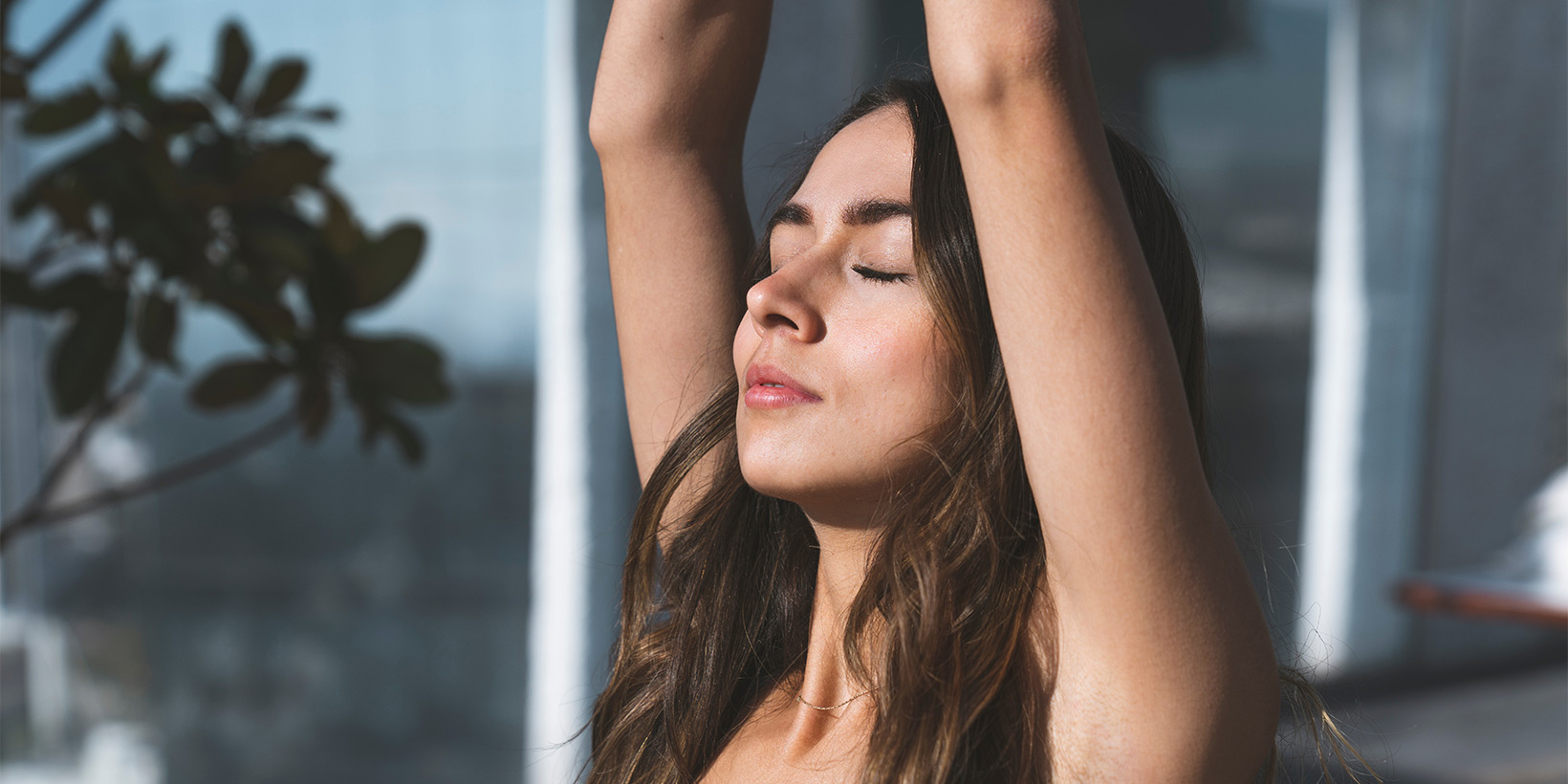
A typical training day
The schedule for an intensive YTT will depend on the particular school. However, to give you an idea, the training days on my YTT looked like this:
7- 8 am - Meditation
8 - 10 am - Asana practice
10am - 12:30pm - Lunch break
12:30 - 3pm - Lectures/workshops
3 - 4 pm - Afternoon break
4 - 5:30pm - Asana practice
6 - 7pm - Lecture
Every day would include two asana practices and one hour of meditation. The lectures and workshops varied from alignment or sequencing to pranayama or yogic philosophy.
Can you fail yoga teacher training?
One question many people considering a YTT have is if it is possible to fail. In short, it is possible to fail, but in my experience, most people pass the course with no trouble.
Considering how short an intensive YTT is, the examination process is not about testing how good of a yoga instructor you have become in that short time. Instead, the exams are simply a way for the teachers to see how enthusiastic and passionate you are and how much potential you have.
So if you mess up and make a mistake with cueing or sequencing, it's very doubtful you will fail. However, if you skip classes, don't study for the tests, and generally show little interest, that's a different story.
Final thoughts
Doing an intensive YTT is a life-changing experience where you will take your yoga practice to a much deeper level while connecting with like-minded yogis. However, these courses can be physically, mentally, and emotionally demanding, so I recommend preparing well beforehand. If you missed part one of this YTT series, where I shared my tips on preparing for your first yoga teacher training, be sure to check it out!
